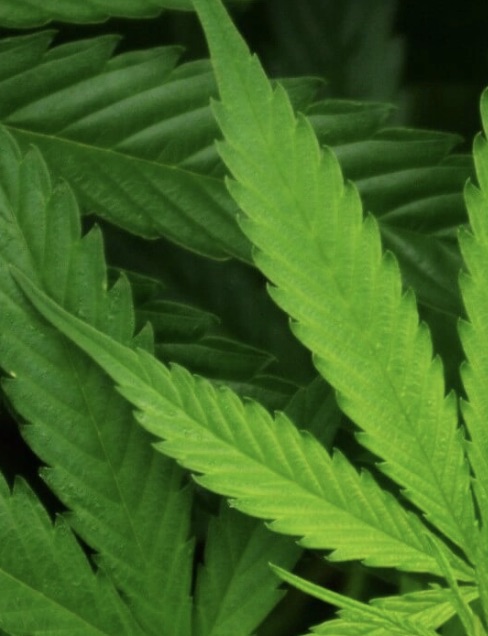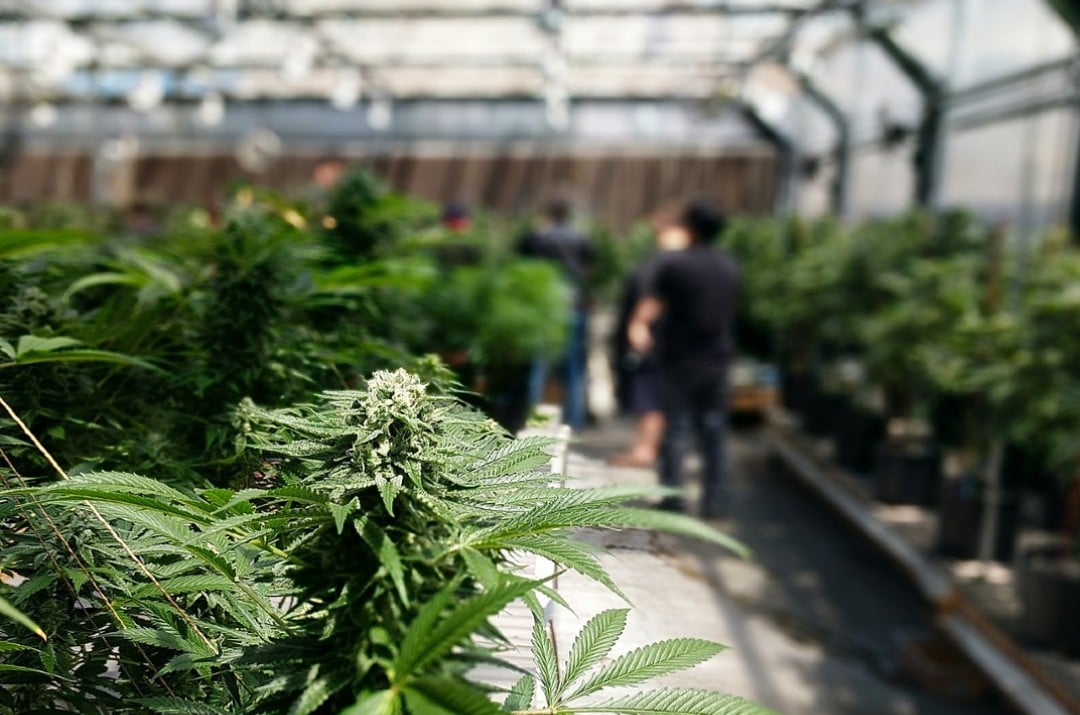Once upon a time, hemp was a highly sought-after crop in the United States. It was once deemed illegal not to grow it! Read on to discover how hemp can be used, as well as nine other fun facts.
1. Hemp is a superfood
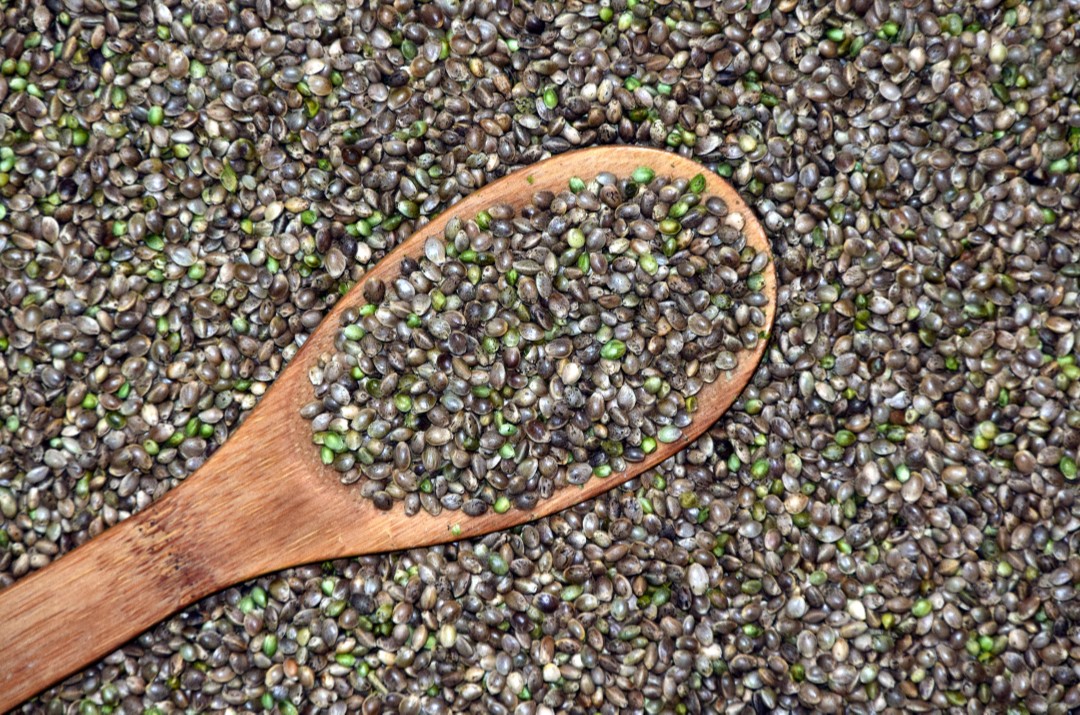
Superfoods are foods that not only provide you with your daily dose of nutrients, but they contain phytochemicals that support the immune system and antioxidants that help with cellular repair. Hemp is one such superfood. It provides a great source of protein, as well as the following vitamins and minerals:
- Omega-3 fatty acids
- Vitamin E
- Calcium
- Iron
- Zinc
And more…
2. Our forefathers were at the forefront of the hemp movement
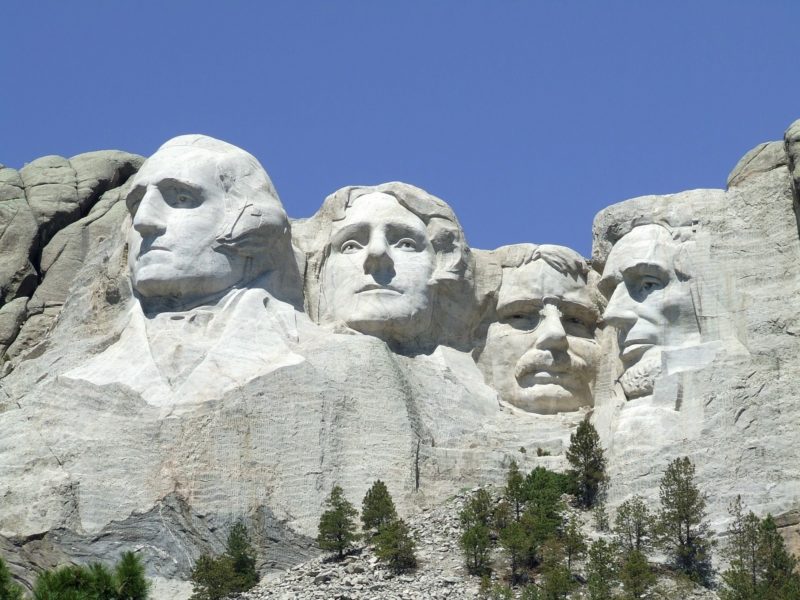
- George Washington was a hemp farmer and urged everyone around him to grow and sow it as well.
- Thomas Jefferson was also on the hemp cultivation train and even bred different varieties, as well as acquired the first U.S. patent with his hemp threshing machine, a machine that separates the seeds from the stalks. Later, he created a hemp brake that would better separate the hemp fibers from their stalks.
- John Adams wrote about hemp cultivation at length.
- Benjamin Franklin owned a paper mill, one of the first, that made hemp into parchment.
Hemp was an important crop for the early American economy. It was so popular in the colonies, in fact, that early drafts of the Declaration of Independence were drafted on hemp paper. The first American flag is even rumored to be made out of hemp fiber when it was discovered that no other fiber was strong enough to survive the salt air on military ships at sea.
3. Grow hemp or… go to jail?
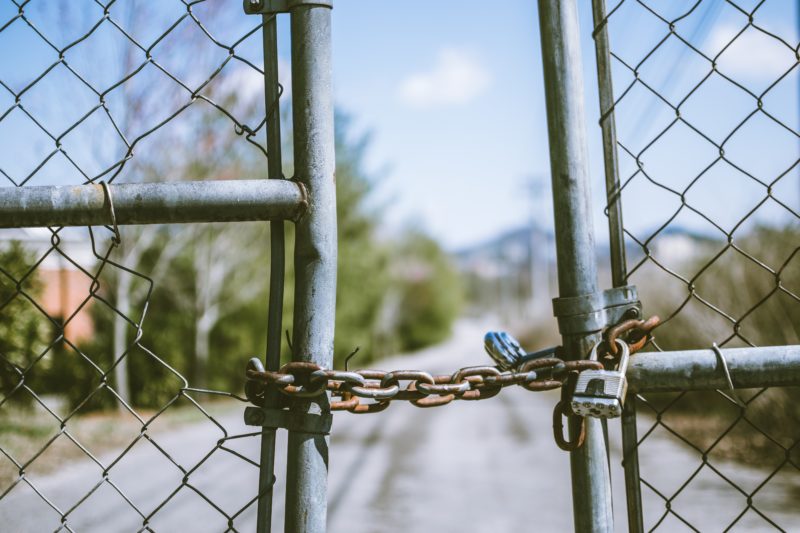
Hemp has strong roots in early American culture. During the 1600 and 1700s, it was against the law NOT to grow hemp in several of the original American colonies:
- Virginia forced colonists to grow hemp as early as 1619
- Massachusetts and Connecticut followed suit in 1631 and 1632 respectively, bypassing mandatory hemp cultivation laws.
- From 1763 to 1769, those not growing hemp in Virginia could face jail time as their penalty.
Other states like Pennsylvania, New York, New Jersey, and the Carolinas didn’t make hemp cultivation mandatory, but they did offer subsidies, such as being able to pay one’s taxes by bartering the hemp fiber they grew.
4. Say cannabis 3x fast and it sounds like what?
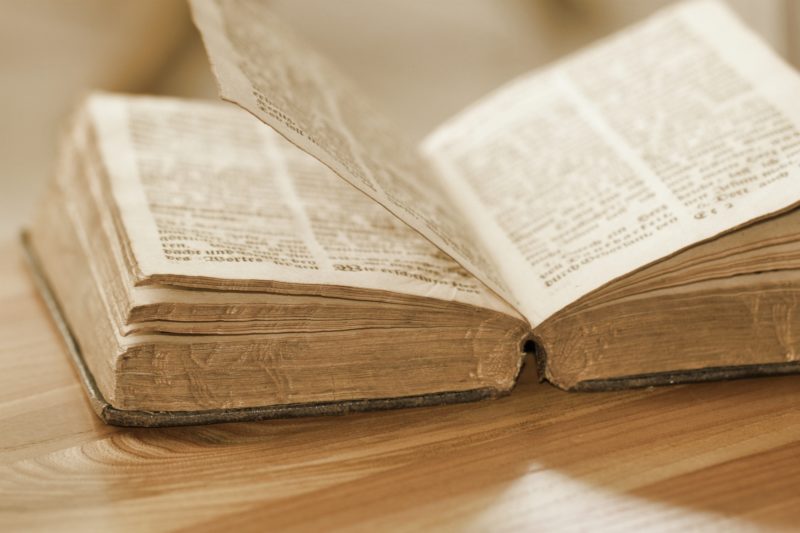
The word canvas has Anglo-French origins.
Canvas comes from the Old French word chanevaz, which literally means “made of hemp.”
Canvas made from hemp was an important material for warships and sailing vessels in colonial America, but it was also used as canvas for oil paintings in 1700 Europe.
5. Hemp on wheels
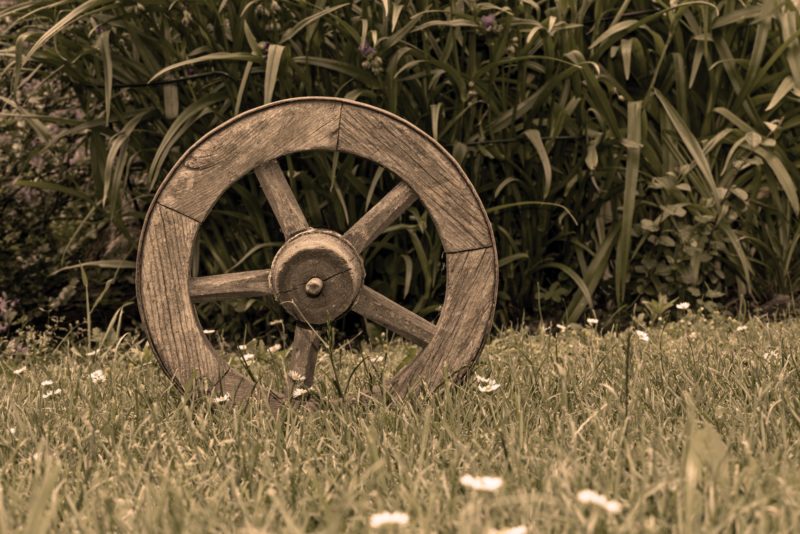
In 1941, Henry Ford proved a car could be made partially out of hemp. Born out of a desire to help farmers during the Great Depression, Ford sought out to build a car made of plastic rather than steel, making it lighter, faster, more durable, and cheaper. While the car was not entirely made of hemp, hemp fibers were an ingredient in the plastics used in its construction.
More recently, a man by the name of Bruce Dietzen built another prototype for a car made entirely of hemp.
His goal is to create a car that is “carbon-negative,” meaning, it would actually remove carbon dioxide from the environment rather than contribute to it.
A standard car’s carbon footprint hovers around 10 tons. Since hemp absorbs carbon, all-hemp cars could be considered carbon-negative or carbon-neutral, at the very least. Either way, it’s a win-win.
The car would retail for a pricey $40,000, but the good you’d be doing for the environment would be priceless.
6. Hemp fuel for thought
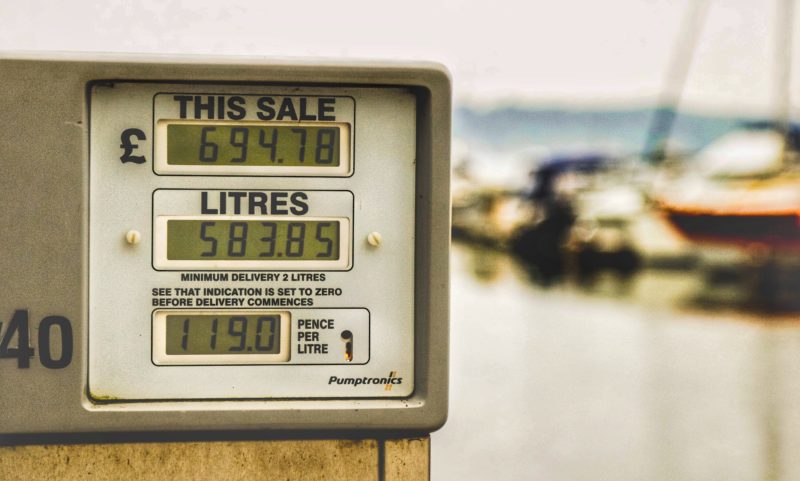
In addition to integrating hemp fiber into the body of his prototype vehicle, Ford also built his car to run on hemp oil rather than gasoline. Hemp oil, as a matter of fact, is a sustainable fuel source option that is cost-effective and helps the environment.
Hemp biodiesel is made from pressing hemp seeds to remove the oil. It boasts 30 million road miles in the United States and has been used as an alternative, renewable fuel source in Europe for over two decades.
As a bonus, it smells like popcorn or French fries rather than those noxious fumes regular gasoline or diesel gives off.
7. Stronger than steel
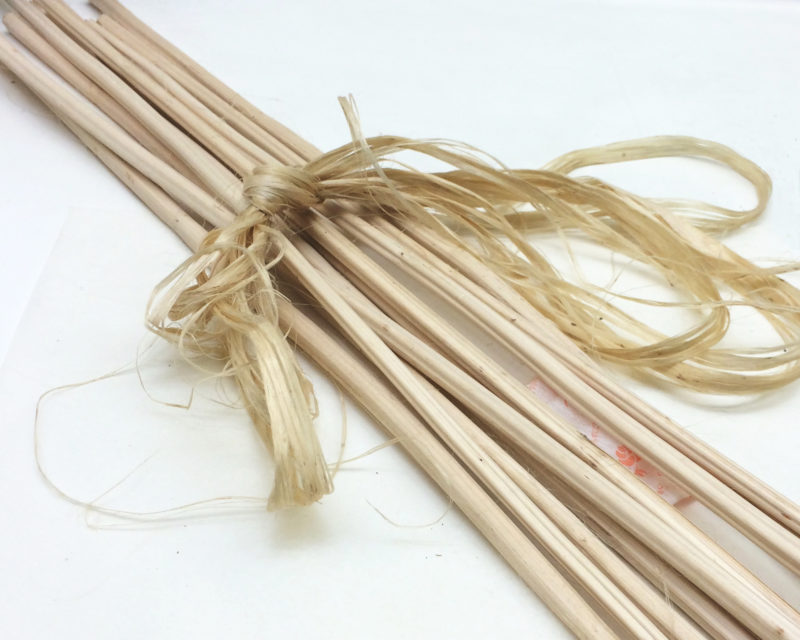
Hemp fibers are strong – Superman strong.
- Hemp requires 2 times the amount of pressure placed upon it to crack and break,
- Hemp bends and mends 6 times better than steel, meaning it can bend better and has greater potential to be put back together again.
Both Henry Ford and Bruce Dietzen knew this when they created their car prototypes, lending to the safety aspect.
8. A must-have for every beauty routine

Hemp has a great number of cosmetic uses. Skincare products and cosmetics containing hemp include a higher concentration of omega and polyunsaturated fatty acids. These fatty acids are what makes hemp an excellent moisturizing agent, in turn, making it a powerful ingredient to:
- hydrate skin
- soothe minor muscle aches
- create a natural barrier from environmental toxins.
Take CBDMEDIC’s Natural Foaming Cleanser, for instance. It’s non-comedogenic and boasts ingredients like tea tree, jojoba seed and THC-free hemp oil intended to refresh and rejuvenate the skin.
9. A cannabinoid by any other name…
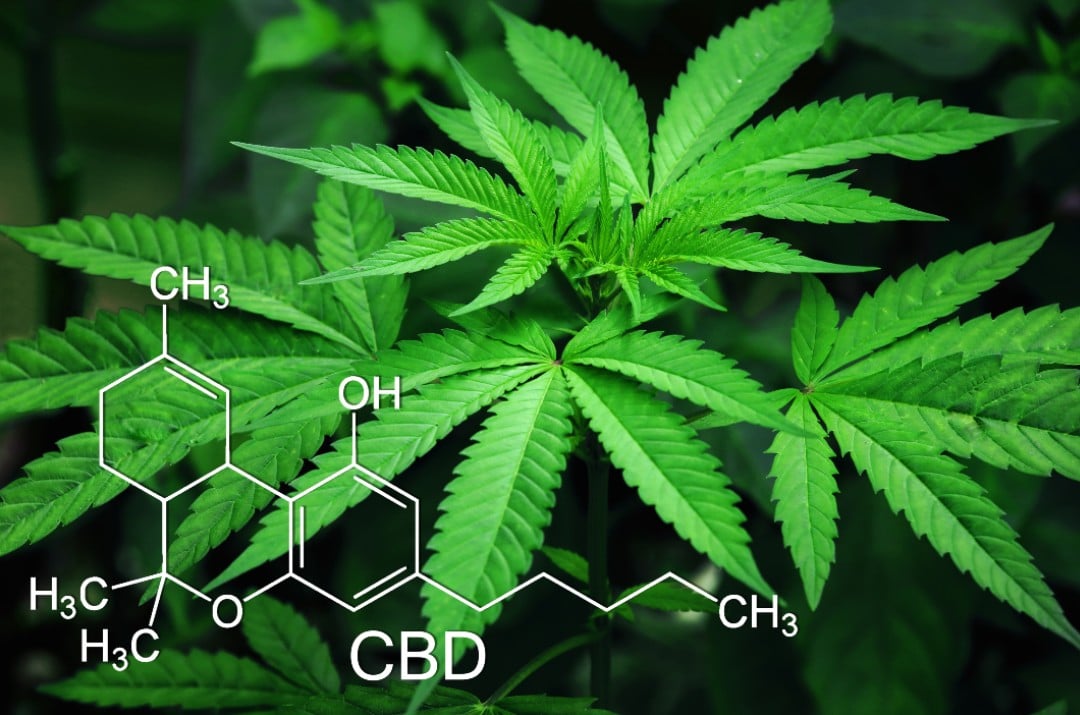
The hemp plant contains over 100 cannabinoids, including CBD and THC. The recently passed Farm Bill of 2018 states that:
industrial hemp in the United States should not contain more than 0.3 percent THC, the type of cannabinoid that has a psychoactive effect or leaves you with a “high” feeling.
While CBD and THC are the most well-known cannabinoids, there is a lot of research to be done on the other 98 or so types of cannabinoids. And with each state in the U.S. required to test industrial hemp for that 0.3 percent THC marker, hemp-based products are oriented toward holistic wellness without the psychoactive side effects or worry that can go along with it.
10. The holy grail of all-purpose materials
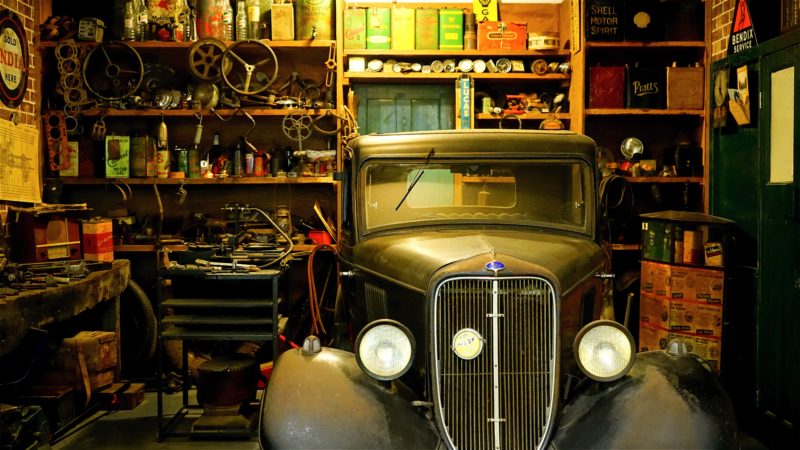
As already established, hemp comes with a laundry list of uses. Hemp was equivalent to the modern-day uses of soy. Nowadays, soy can be found in everything from food to plastics to urinals. Well, back in the day, hemp was just as, if not more versatile. It was found in:
- Rope
- Clothing
- Food
- Skincare
- Ship sails
- Paper & bibles
- Maps & charts
And, the list for hemp’s uses goes on. You name it, hemp made it.
Hemp – Mother of all Plants
Hemp is one of the most useful plants on Earth. An important crop to the early American economy, it was used for making canvas, cloth, and paper, as far back as the 1700’s. Today, modern technologies make it possible to use this all-purpose plant for green alternatives to gasoline, plastic, and many other harmful or polluting chemicals.
And this is just the beginning for the booming CBD industry.

Disclaimer: This information is for educational purposes only. It has not been approved by the FDA to diagnose, treat, prevent, cure, or mitigate any diseases or conditions. We use CBD in our products for cosmetic purposes only.
